Almost everybody agrees that diversity is desirable within a team. The idea has always felt intuitively right to me. But while I’ve felt this, I have never understood or considered the mechanics of why.
Matthew Syed’s Rebel Ideas examines how diversity contributes to effective groups. He examines how multiple unique perspectives culminate into collective intelligence providing more value than the sum of its parts.

The books central thesis centres around the idea that a diverse group can lead to emergence:
emergence occurs when an entity is observed to have properties its parts do not have on their own. These properties or behaviours emerge only when the parts interact in a wider whole.
The book is great and you should read it. I have summarised and paraphrased some of my favourite bits from the book.
Hiring “the best and brightest” (is harder than you think)
The CIA, established soon after the end of World War II, is renowned for the quality of its employees. In one year the agency’s applicant-per-hire ratio was 20,000:1.
The CIA has had their choice of the “best and the brightest”. But anyone familiar with hiring biases will not be surprised to learn that [my quote, paraphrasing Rebel Ideas]:
since the CIA’s inception, its largely white anglo-saxon protestant male employees have largely hired other white anglo-saxon protestant males.
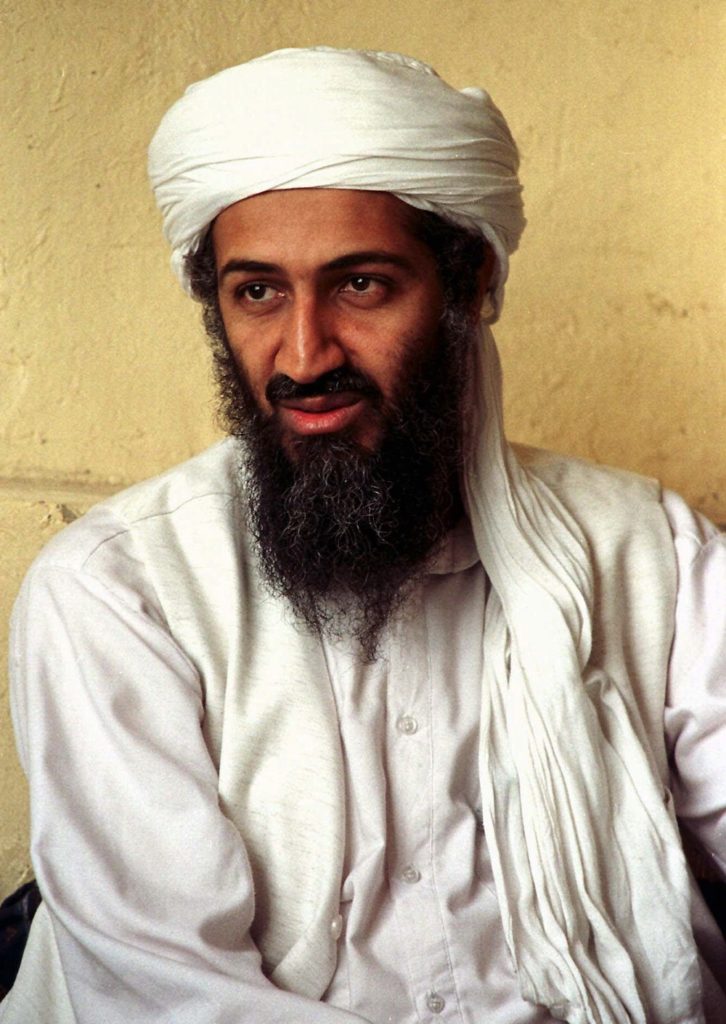
Until 1975, the agency openly barred the employment of homosexuals. At one intelligence conference in 1999, of the thirty-five speakers, thirty-four were white males. Of the 300 attendees fewer than five were non-white. As late as 1998 the CIA did not have a single case officer who spoke Pashto (one of the principle languages of Afghanistan).
This homogeneity across its analysts created the massive blindspot. This blindspot contributed to the CIA failing to grasp the threat that Osama Bin Laden posed. Failing to grasp the threat eventually left the United States of America vulnerable to the 9/11 terror attacks.
Bin Laden used Islamic cultural references which were largely invisible to CIA agents.
The CIA missed signals and symbolism in Al Qaeda’s videos which would have been obvious to others with another lens. One insider stated “misled by the raggedy appearance of Bin Laden and his subordinates — squatting in the dirt, clothed in robes […]—and automatically assumed that they [were] an anti-modern, uneducated rabble”. Someone more familiar with Islam would have recognised the signals Bin Laden and Al Qaeda were using: the simple clothing was not primitive but a reference to the prophet — broadcasting from a cave was not evidence of backwardness but a referenced Mohammed seeking salvation in a cave during his Hejira. They were building an army of religious fanatics.
Working with people who are similar to you feels great but produces mediocre results
The business professor Katherine Phillips and her peers ran an experiment to test the value of racial diversity. Their experiment had two categories: groups with three white members, and groups with two white members and one African-American team member. The task was a murder mystery where each group received common information, but each team member was given unique but crucial clues.
The groups with racial diversity significantly outperformed the groups with no racial diversity.
This result by itself is less surprising than the reported experience of the participants.
Diverse teams came up with better options. Diverse teams rated the exercise as more challenging and felt less certain of their conclusions.
Homogenous teams found the exercise agreeable, felt more certain, but were generally more wrong.
Being surrounded by people who think the same way as us stimulates the pleasure centres of the brain.
In 2016 English Football was not doing well. As a response David Sheepshanks, the chairman of the National Football Centre, worked with Matthew Syed to bring together an expert advisory group. This expert advisory group contained no experts in football, but experts in adjacent and complementary fields.
Football purists reviled the idea— what could non-football people possible know about football that the football association didn’t already know?
And the critics were correct: football experts do know more about football. However:
crucially — [additional football experts] know very little [about football] that [the existing coach] doesn’t already know. [Getting in more football experts] would almost certainly have led to a mirroring dynamic, inadvertently entrenching the latent assumptions within the English game.
The external experts know a lot about other things that the coach did not know about.
We cannot see what we cannot see
Our past experiences and mental models colour everything we see and experience. It is very rare we are even aware of our reference points, biases and inherent assumptions.
David Foster Wallace most elegantly articulated this point in his speech This is Water:
“There are these two young fish swimming along, and they happen to meet an older fish swimming the other way, who nods at them and says, “Morning, boys, how’s the water?”. And the two young fish swim on for a bit, and then eventually one of them looks over at the others and goes ‘What the hell is water?’ ”
David Foster Wallace’s opening from This is Water
Simple tasks versus complex tasks
There are some tasks (simple ones) where diversity adds no value. If you wanted the best relay race team you would ideally select the fasters runners at your disposal. Diversity in a team of runners (either cognitive or demographic) will not effect success. In simple tasks, diversity is a distraction. In complex tasks, the opposite is true.
This can be compared with more complex tasks — the example given is economic forecasting. Jack Soll found that the average forecast from a group of experts performed better than the individual top expert.
In the modern knowledge economy most tasks are complex tasks.
Syed does make the point that evaluating choices is a much more complex task rather than executing instructions. That reminded me of this diagram:
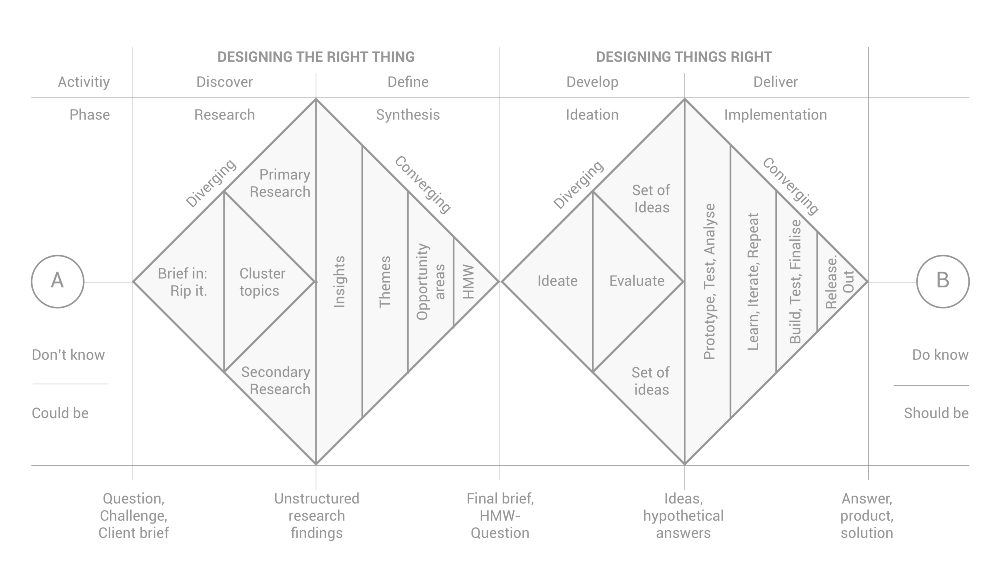
Diversity needs psychological safety to add value
Diversity is not a panacea and is not sufficient in and of itself. The environment and culture of a team can drastically enable or nullify the benefits of diversity.
Syed spends a chapter on Constructive Dissent (analogous to Patrick Lencioni’s “conflict” disfunction). He looks at examples of both mountaineering teams and aviation crews. When there is a culture of hierarchical dominance within a team very bad things can happen.
From How Speaking Up Can Save Lives:
“Finding it hard to speak up in front of senior colleagues — even when it’s a matter of life or death — is something that can get in the way of openly pointing out errors.
Even with teams who work very closely, like the crew on an aeroplane, junior staff have been known to keep quiet in an emergency rather than question the actions of a pilot.
… deference to authority can get in the way of open, honest reporting of errors … psychologists who observed crews training in flight simulators were alarmed by what they saw.
“Captains were briefed in advance to take some bad decisions or feign incapacity — to measure how long it would take for co-pilots would take to speak up..one psychologist monitoring their responses commented ‘Co-pilots would rather die [[thus killing everyone on board]] than contradict a captain’.”
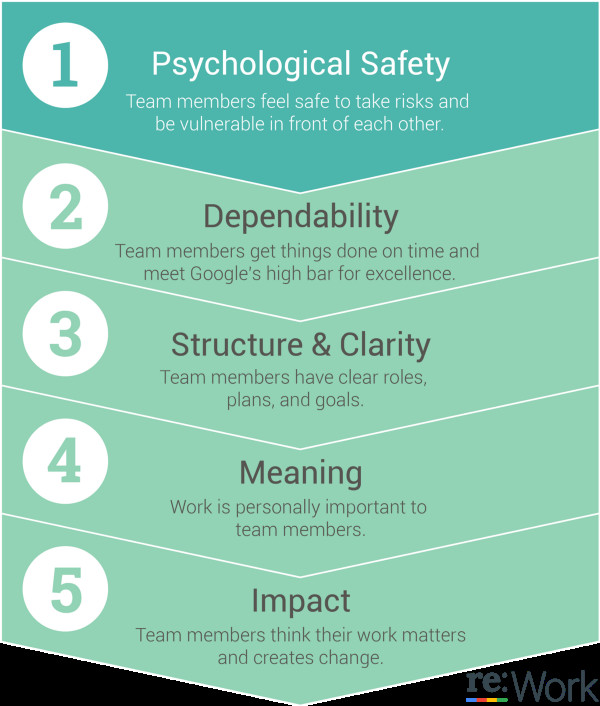
After struggling, finding very few patterns, they found:
Who is on a team matters less than how the team members interact, structure their work, and how they view their contributions to the whole.
The top factor determining team success:
Psychological safety — feeling comfortable taking risks and being vulnerable
Diagrams of rebels versus clones
Syed has a visual device for illustrating his central thesis on team diversity:
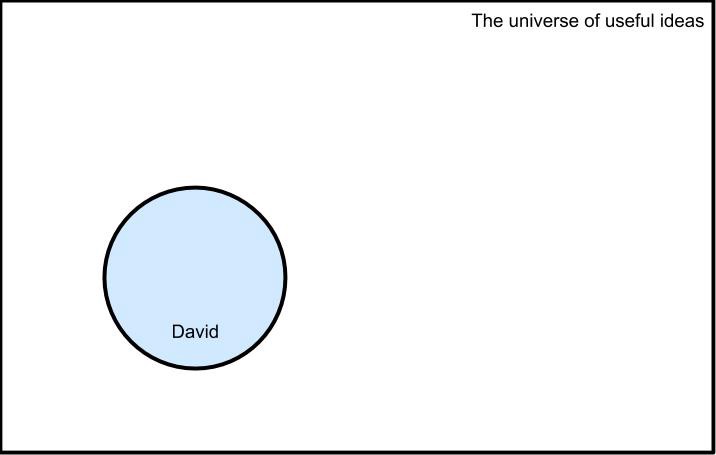


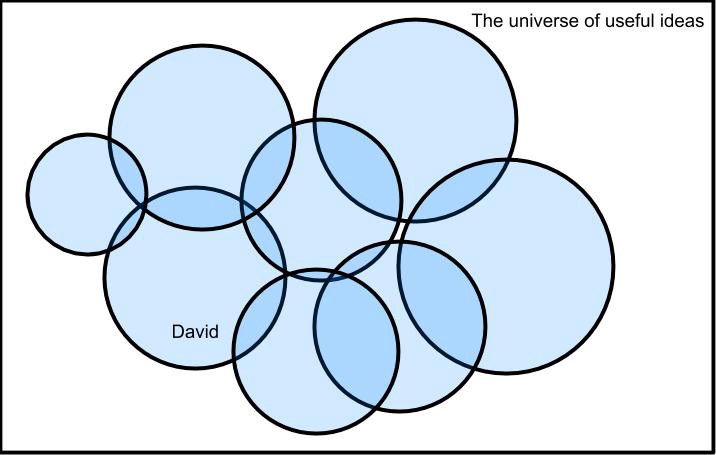
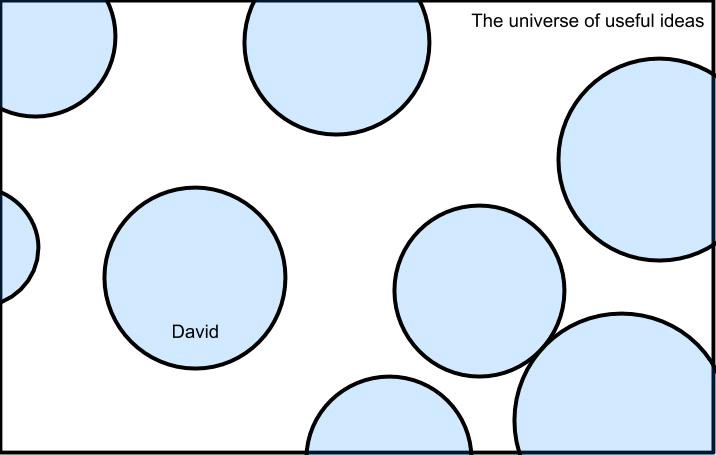
Diversity is fundamentally human
Neanderthals had larger brains than modern humans do but we outlasted them. Why?
From the final chapter:
Our ancestors were not smarter than Neanderthals by virtue of their individual brains. They were smarter by virtue of their collective brains
[…]
Our species is the most formidable on the planet not because we are individually formidable but because we are collectively diverse. By bringing different insights together, by connecting within and across generations, by recombining rebel ideas, we have created innovations of a quite breath-taking kind. It is our sociality that drove our smartness, not the other way around.
Diversity is not merely the ingredient that drives the collective intelligence of human groups, it is also the hidden ingredient that has driven the unique evolutionary pathway of our success.